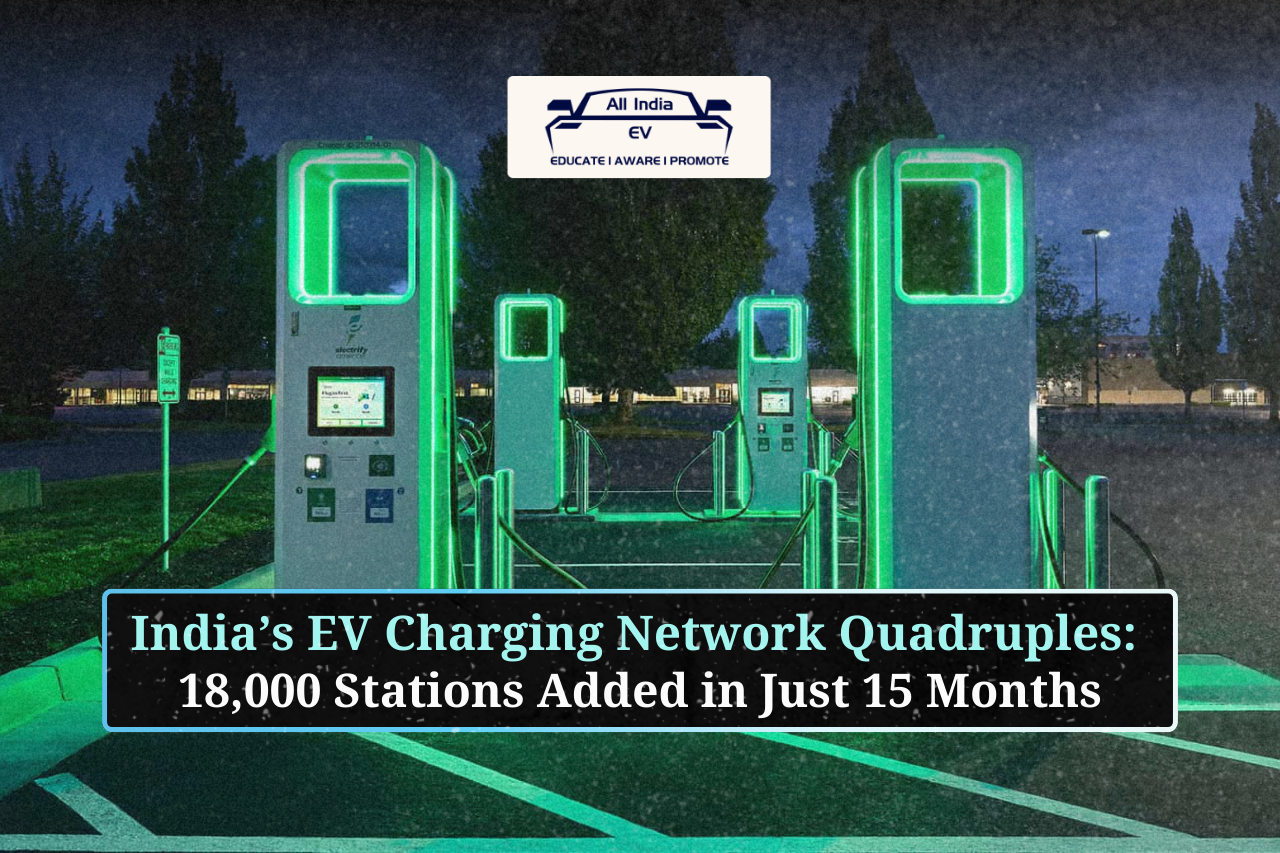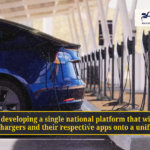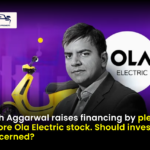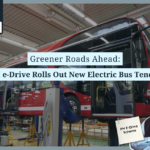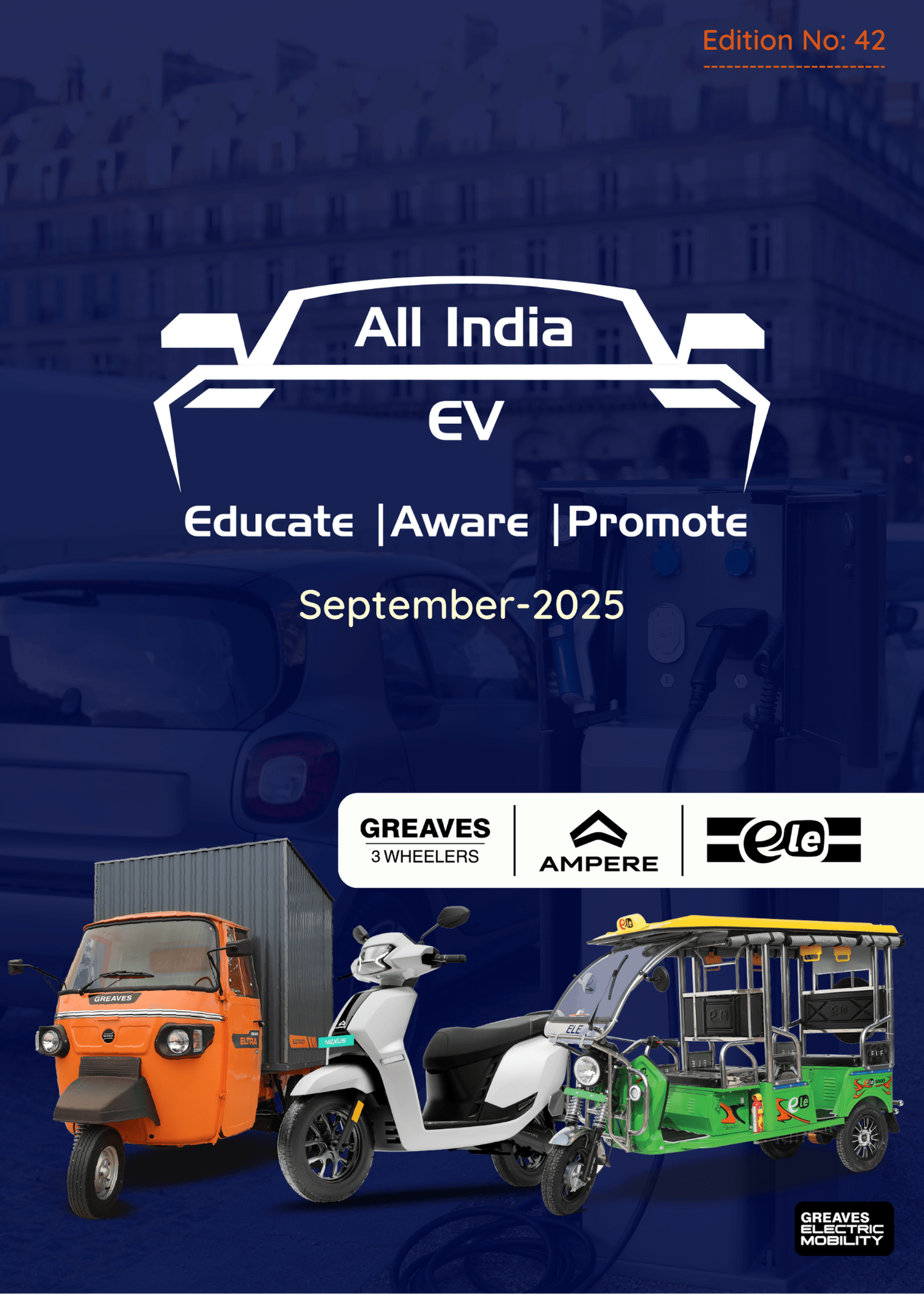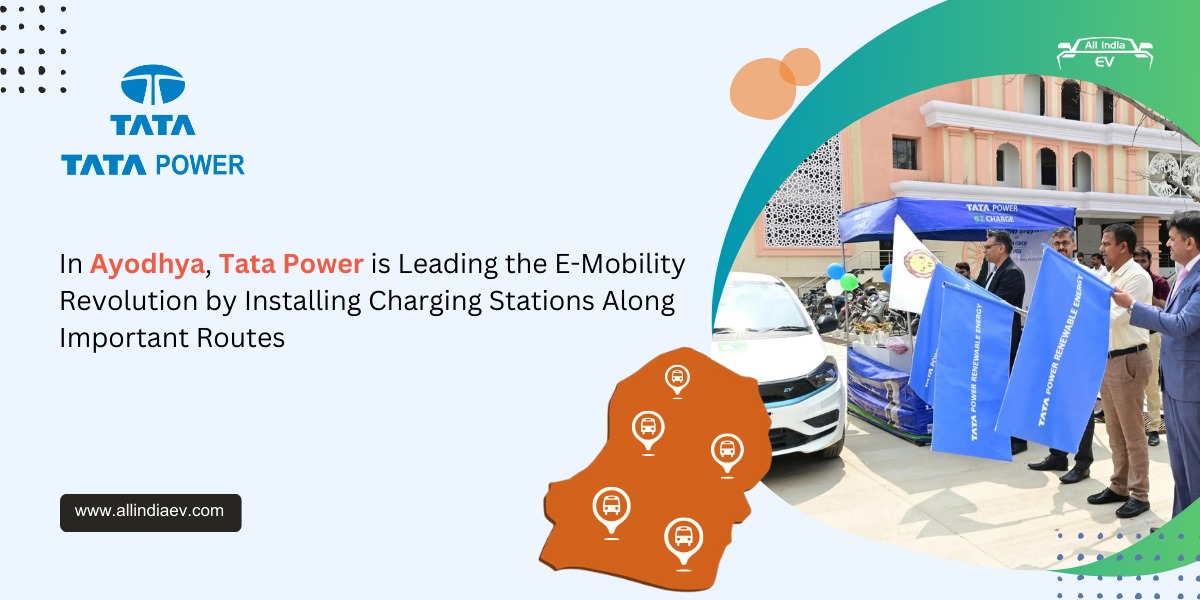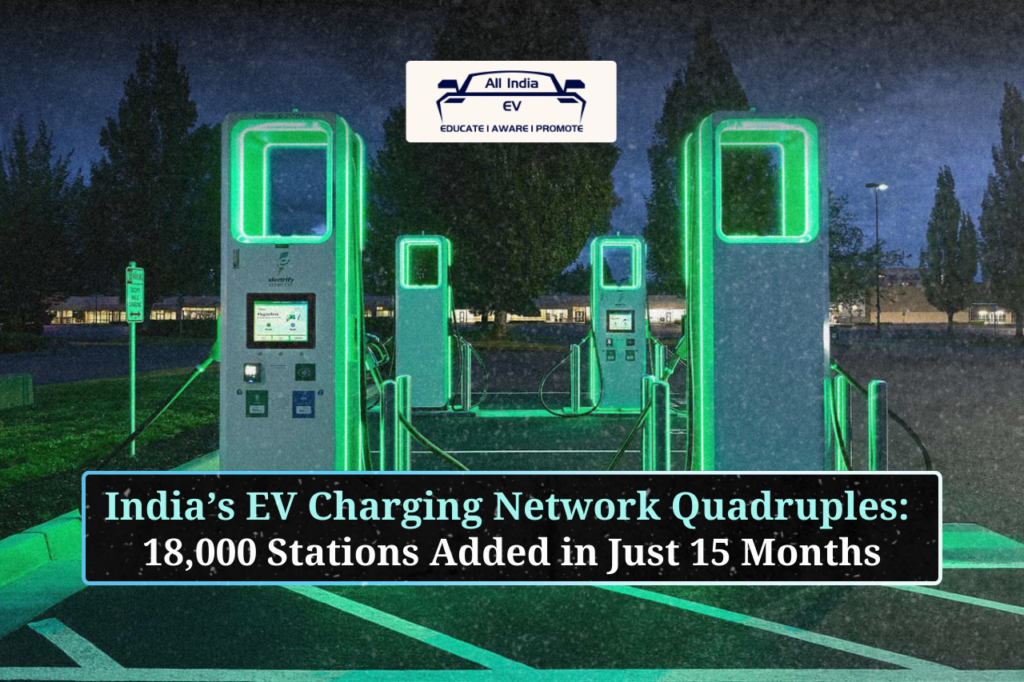
Karnataka, Delhi, Haryana, Tripura, Sikkim, Chandigarh Achieve 100% Fast-Charger Coverage on NHs
India’s electric vehicle (EV) transition has entered a decisive phase, with public charging infrastructure expanding at an unprecedented pace. A Tata Motors report reveals that the country’s charging network has grown more than fourfold between 2023 and 2025, surging from 5,500 to over 23,000 stations — with 18,000 new chargers added in just 15 months.
Highway Coverage Hits New Milestone
Long-distance EV travel is becoming easier than ever. According to the report, 91% of India’s national highways now have a fast charger every 50 km. Several states and union territories — including Karnataka, Haryana, Delhi, Kerala, Bihar, Goa, Punjab, Tripura, Sikkim, and Chandigarh — have achieved full fast-charger coverage on national highway stretches.
Perhaps most significant for long-term growth, the top 25% of charging stations are already profitable, indicating that the sector is commercially viable without relying solely on government incentives.
Consumers Leaving Range Anxiety Behind
The rapid infrastructure build-out is reshaping consumer behavior. In July 2025, 35% of Tata EV owners reported using a fast charger at least once a month, up from 21% in 2023. 77% have taken trips requiring public charging, and half have completed journeys over 500 km.
Around 14,000 EV users now depend primarily on public charging, highlighting growing confidence in the network. This shift has coincided with wider EV adoption — 65% of Indian pin codes now have at least one registered EV, and 84% of EV owners consider their EV their primary vehicle, compared with 74% two years ago.Industry Closing Global Gap
Analysts say India’s progress in charging infrastructure and consumer confidence is helping the country narrow the gap with leading EV markets faster than expected. The combination of public-private investment, government support, and viable business models is setting the stage for sustained adoption across both urban and intercity travel.


